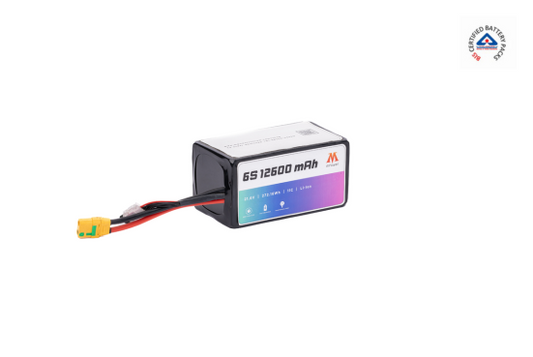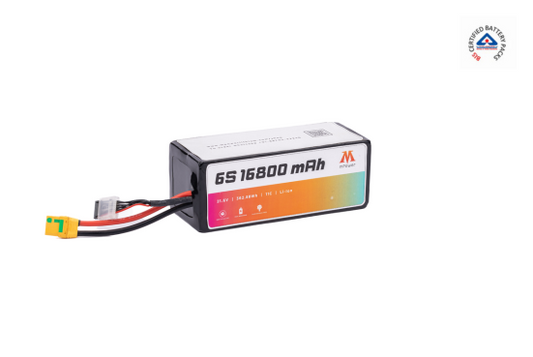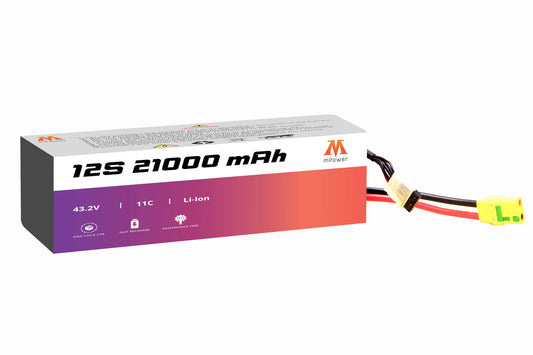
Better healthcare service is a basic need of the people. However, it is not that easy to provide primary healthcare to people. We are living in a technologically advanced digital world, which has led to innovation in this world. Drones are something that has yet to be embraced in the healthcare industry.
Incorporating drone technology into the healthcare industry ensures better service in emergencies. It can rapidly deliver vaccines, medication, blood, etc., across wards in the hospital buildings. Moreover, many healthcare workers fail to provide necessary treatment immediately to patients in primary healthcare centers, and they need to reach hospitals. The distance between the healthcare center and the hospital can be the reason for life and death.
In addition, drones can fly to multiple areas without accessing roads, including navigating through complex barriers, such as bridges and buildings. They can carry medication, portable shelter, communication equipment, and other essential components that can be cost-effective and life-saving. This blog will delve deeper into the application of drone technology in the healthcare industry, facilitating healthcare accessibility in remote areas.
Transporting Blood and Related Supplies
Incorporating drone technology in the healthcare industry can provide several benefits, and many countries have started research in this regard. Drones can deliver blood or other hazardous compounds more quickly than traditional methods, especially in hard-to-reach areas. This can transport components more quickly and efficiently, mitigating the gap between life and death.
Usually, in rural areas, medical supply is complex due to inadequate or lack of infrastructure. That's where drones can fly and deliver blood to their destination without obstacles. In addition, hazardous compounds can put people at risk while in transportation. So, drones eliminate the risk of accidents, which can be dangerous.
Hospital Deliveries
Currently, much research is going on about delivering medicine and related supplies in remote areas, but less attention is paid to it within healthcare premises. With the help of drones, healthcare entities can transport blood from floor to floor, unlike the traditional method, where professionals transit via foot or by pneumatic tube.
However, this needs to be budget-friendly compared to the pneumatic tube system. Another challenge might be that staff can be insecure about jobs after incorporating drone technology in healthcare premises. There is no doubt that drones can take a more minor role but can improve the quality of life.
Surveillance of Disaster Sites
Drones can be a great asset in disaster management, including in areas with biological and chemical hazards. They can gather real-time information, including the number of victims that require urgent medical attention. This can help to improve the effectiveness of the emergency response team.
Drones with high-resolution cameras can effectively detect agricultural environments, reducing the risk of cancer. This can also be used to map uranium mines. Moreover, drones can be handy in studies, like detecting deforestation patterns.
Telemedicine
In telemedicine procedures, healthcare professionals provide healthcare services using telecommunication technology. The incorporation of drone technology can be a valuable addition. Telemedicine enables access to medicine more efficiently for people located in remote areas.
However, telecommunication technology is essential for successful communication between healthcare providers and patients in rural districts, remote or war zones.
Vaccine and Medicine Delivery
Recently, the whole world was shut down due to the COVID-19 outbreak. At this time, vaccine and medicine delivery was essential for the better functioning of the healthcare system. However, delivery was difficult due to strict restrictions. In many countries, delivering medicine or vaccines in rural areas is challenging due to a lack of infrastructure.
The incorporation of drone technology can help transport medicine in emergencies. Moreover, WHO identifies drones as a crucial tool for vaccine delivery in hard-to-reach areas.
Diagnostics
Done can play a crucial role in diagnosis. After collecting the patient's sample, the drone can deliver it to the lab, where it will be analyzed. Moreover, drone technology helps healthcare entities when some diagnostic procedures are not accessible at some institutions.
Organ Transfers
In organ transformation, time is essential, and depending upon organ type, it is transported using a helicopter or aircraft charter within 4-36 hours. Moreover, adding drone technology can accelerate transportation more efficiently and affordably.
Especially in remote areas, getting an organ quickly can be challenging. Done can potentially reduce transport time and the success of organ transplants. However, it is essential to understand that the usage of drones for organ transfer is still in the experimental stage.
The Bottom Line!
Done technology is incorporated in many industries, including healthcare. However, the healthcare industry is not utilizing drone technology at its best and is at the research and development stage. Moreover, the usage of drones in the healthcare industry brings several challenges along with benefits. Simply put, drones are revolutionizing the healthcare industry by delivering medicine in rural areas.
In addition, batteries for drones have become paramount to traveling these distances more efficiently. That's where mPower provides a Li ion battery for drone according to drone type, so it can function properly without any difficulties.












